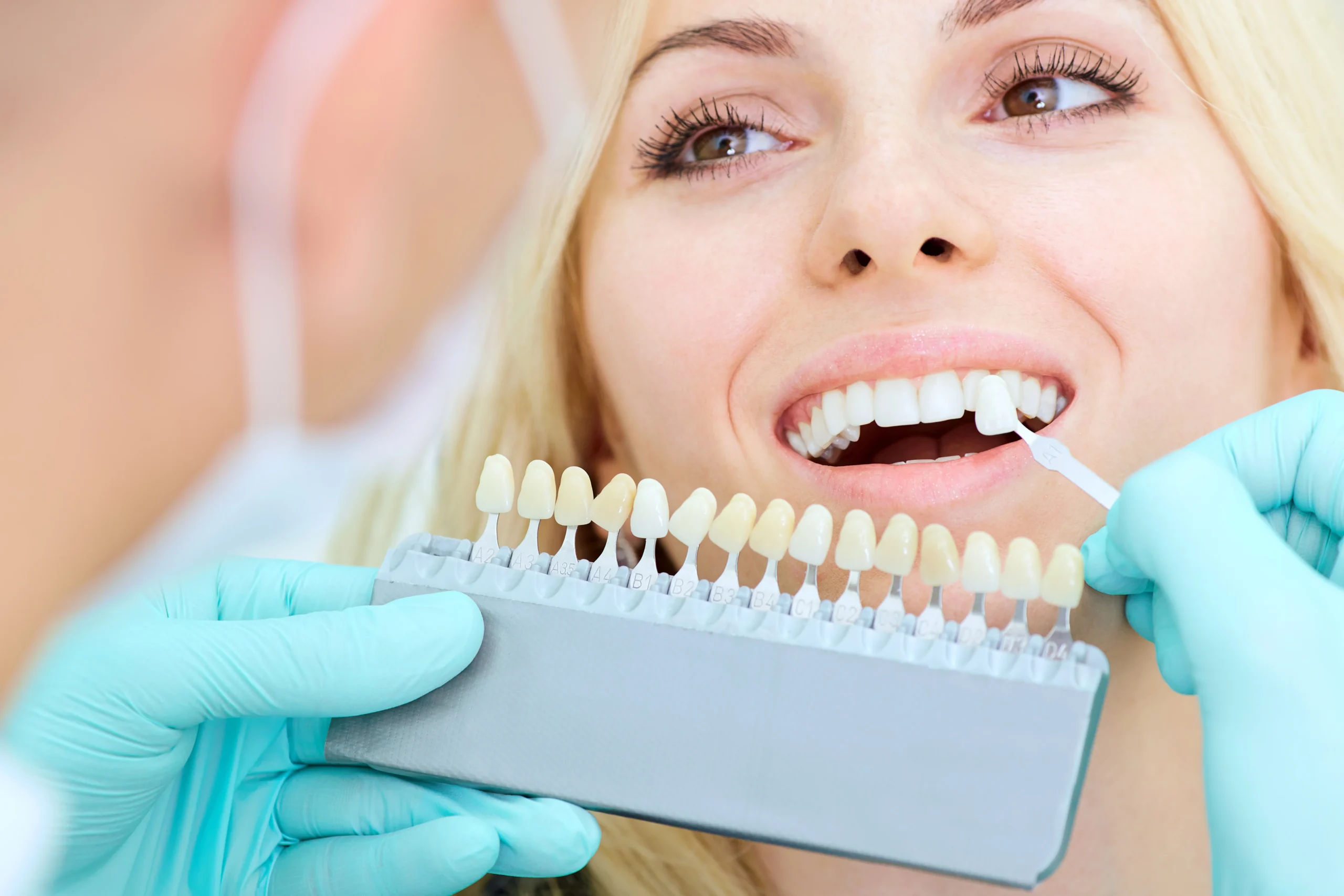Are you looking to know Are Teeth Whiteners Safe and Worth Trying? then read this article to find out Are Teeth Whiteners Safe and Worth Trying

Everyone wants a bright smile, but over time teeth naturally lose their shine. Ageing, coffee, tea, red wine, smoking, and other daily habits can leave stains. While exploring cosmetic treatments like Invisalign Manhattan for straighter teeth, many people also look at teeth whitening products and wonder if they are safe and if they actually work.
Teeth whitening works through science. Most whitening products, whether strips, gels, or trays, use bleaching agents such as hydrogen peroxide or carbamide peroxide. These chemicals break down dark-colored compounds in teeth called chromogens, making stains less visible and teeth appear lighter. Whitening toothpastes often contain mild abrasives like baking soda that scrub away surface stains, almost like gentle polishing during brushing.
When it comes to effectiveness, at-home products usually make teeth a few shades lighter with regular use. Gel trays can sometimes show results within a few days, while strips and gels usually take about two weeks. Whitening toothpastes and rinses act more slowly. Professional whitening at a dentist’s office uses stronger bleaching solutions and can create dramatic results in just one session, sometimes in as little as 30 minutes.
Teeth whitening is generally considered safe and has been used by millions of people around the world, including dental professionals. Studies have not shown an increased risk of cavities or tooth fractures. However, mild side effects can occur. The most common are temporary tooth sensitivity and gum irritation, which usually go away quickly. Some laboratory research has suggested that aggressive bleaching might affect tooth enamel or interact with dental restorations like crowns or fillings, but these studies were not done on real patients.
To whiten your teeth safely, dentists recommend a few key steps. First, always talk to your dentist before starting. They can identify the cause of discoloration and suggest the most effective option. Whitening works best on yellow stains caused by age or foods and drinks, while brown or gray discoloration might point to other dental problems that whitening cannot fix. A dentist will also make sure your teeth and gums are healthy before you begin.
Second, buy only proven products. Look for the American Dental Association (ADA) Seal of Acceptance, which shows the product has been tested for safety and effectiveness. Third, always follow the instructions carefully. Different products require different usage times and frequencies, and overuse can harm your teeth.
It is also important to listen to your teeth. If you feel sensitivity or discomfort, take a break or switch to a gentler product, and consult your dentist. Avoid do-it-yourself remedies like apple cider vinegar, activated charcoal, or hydrogen peroxide from your medicine cabinet. These methods can damage enamel and have little scientific proof of working.
In the end, teeth whitening products can help you achieve a brighter smile when used properly. But they are not a replacement for good oral hygiene. Regular brushing, flossing, and professional cleanings remain the most important ways to keep your smile healthy and shining.